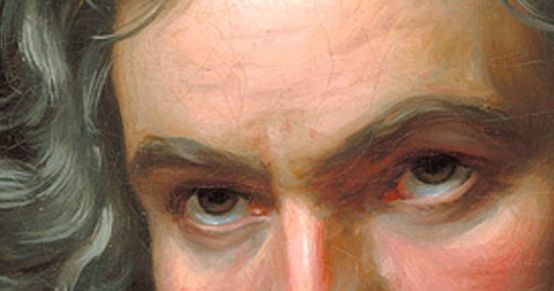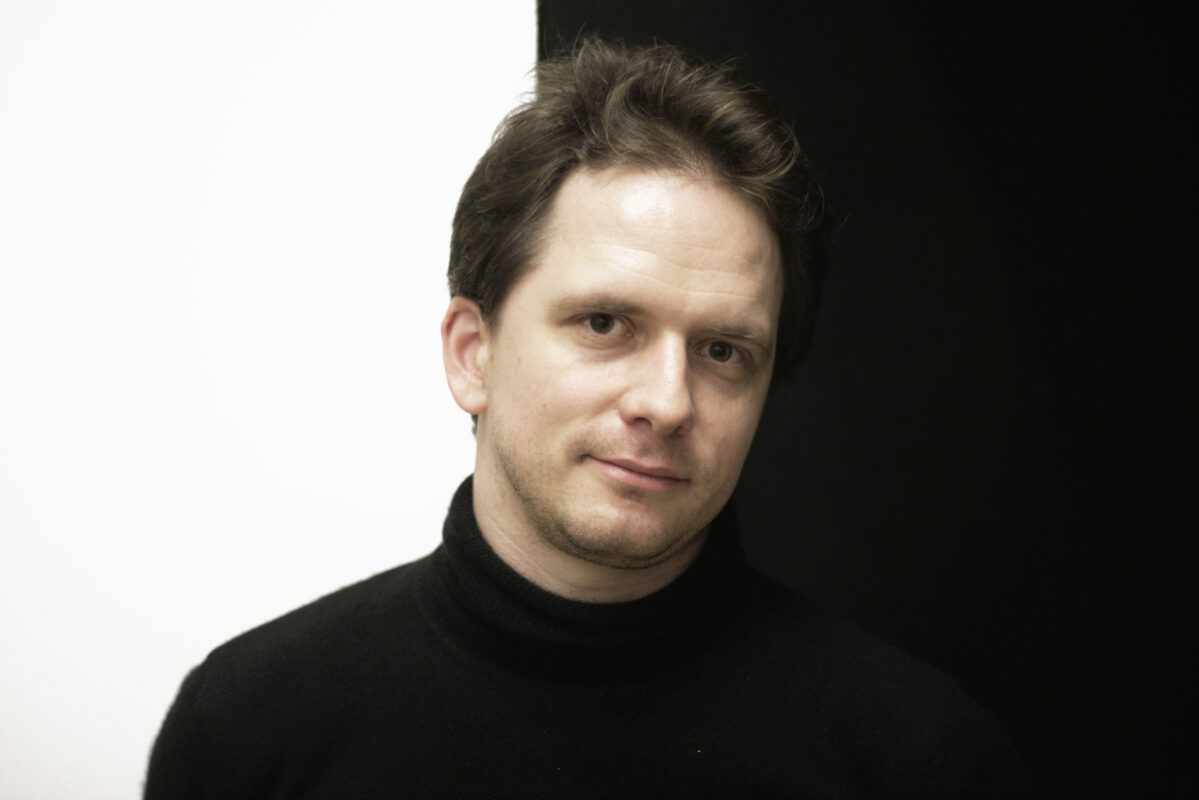Piano Sonata No. 18 "The Hunt
Every Friday, Beethoven is here. To mark the 250th anniversary of Beethoven's birth, each week the Swiss Music Review takes a look at a different work from his catalog. Today, it's the piano sonata No. 18 in E flat major, Op. 31/3 "The Hunt".

After writing the "Testament of Heiligenstadt", in which his worries about progressive hearing loss, social isolation and suicidal thoughts had reached a climax and acted as a catharsis (this is a letter to his two brothers written on October 6, 1802, but never sent), Beethoven began a new creative process. According to Carl Czerny's recollections, he confessed to his friend Wenzel Krumpholtz: "I'm not satisfied with my previous work. From now on, I want to innovate". Czerny had already referred to this statement in connection with the Piano Sonatas Op. 31, in which Beethoven had revisited the genre. This applies not only to the Sonata The storm (op. 31/2), but also to the Sonata in G major (op. 31/1), both published in April 1803 by Hans Georg Nägeli in Zurich in volume 5 of the Directory of Clavichords. It was not until November 1804 that the Sonata in E-flat major, Op. 31/3, followed in volume 11, with a reprint of the Pathetic op. 13, as Beethoven had not delivered the fourth sonata that Nägeli had been waiting for. - By the way, the Directory of Clavichords is the modern counterpart to the Musikalische Kunstwerke in der strengen Schreibart (strictly written musical works) that Nägeli had launched with the Well-tempered keyboard.
With Clementi, Cramer, Dussek and Steibelt, Beethoven's sonatas were in excellent company. The musical standard of the series was high, as stated in an advertisement published on various occasions: "First of all, I am interested in piano solos in a beautiful style, of great scope, in various variations of the usual sonata form. These scores should be characterized by their attention to detail, their richness, their fullness". The edition was printed in Paris, so couriers to Vienna were too far away and too slow to allow proper correction. Beethoven's sonatas were thus published with numerous errors, Op. 31/1 even with an unvalidated insertion of four bars. Beethoven reacted with displeasure, and shortly afterwards ordered a new edition from Simrock in Bonn with the addition: "Edition tres Correcte" (in French in the text).
These three works are unusual. In Op. 31/3, after a series of experiments with structure, Beethoven returns to the four-movement structure he would not use again until the sonata. Hammerklavier op. 106. However, he disregards the usual order of the two intermediate movements. What's more, the musical characteristics of the slow and dance movements are paired, intertwined, interchanged and yet set against each other: in second position is a wonderfully sonorous scherzo, often in baritone register, in 2/4 (Allegretto vivace). It is followed by a menuetto old-fashioned, with a calmer tempo, in 3/4 (Moderato e grazioso). The beginning of the first movement is equally ambiguous: what at first appears to be a moderately paced introduction turns out to be the main theme of the movement. According to Carl Czerny, the brilliant finale, which virtuosically measures the piano's range, can be traced back to an improvisation in which Beethoven "saw a horseman galloping past his window". In view of the tempo Presto con fuoco and astonishing harmonic escapes, it must have been more of a mad dash.
Aufnahme auf idagio
Keeping in touch
A weekly newsletter reveals the latest column on line. You can subscribe by entering your e-mail address below, or by subscribing to our RSS feed.








